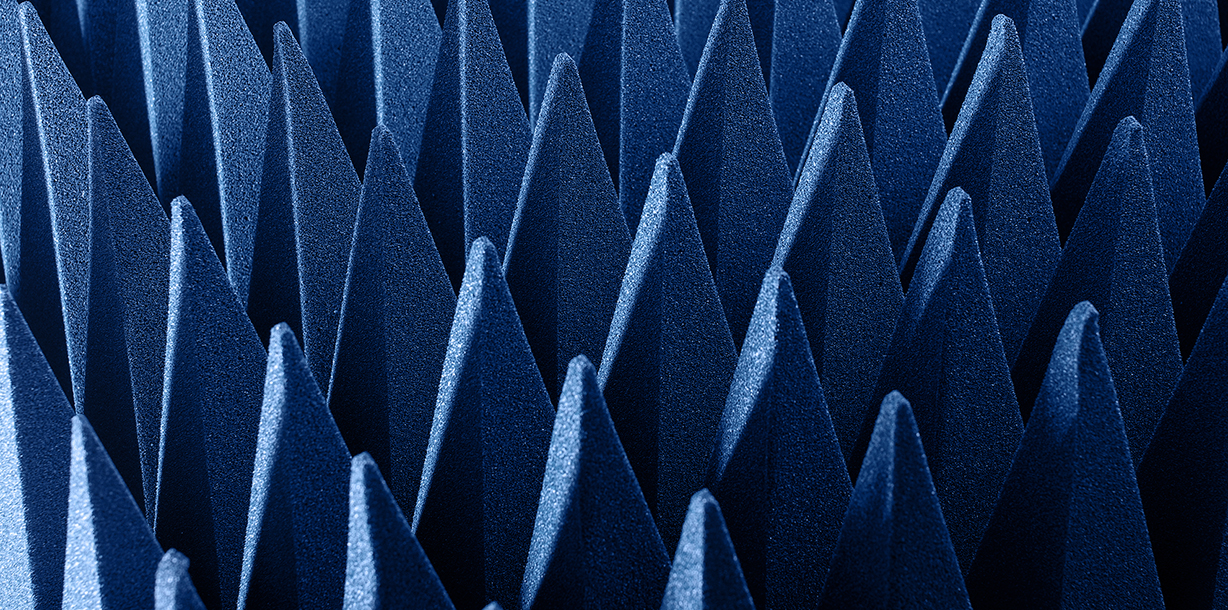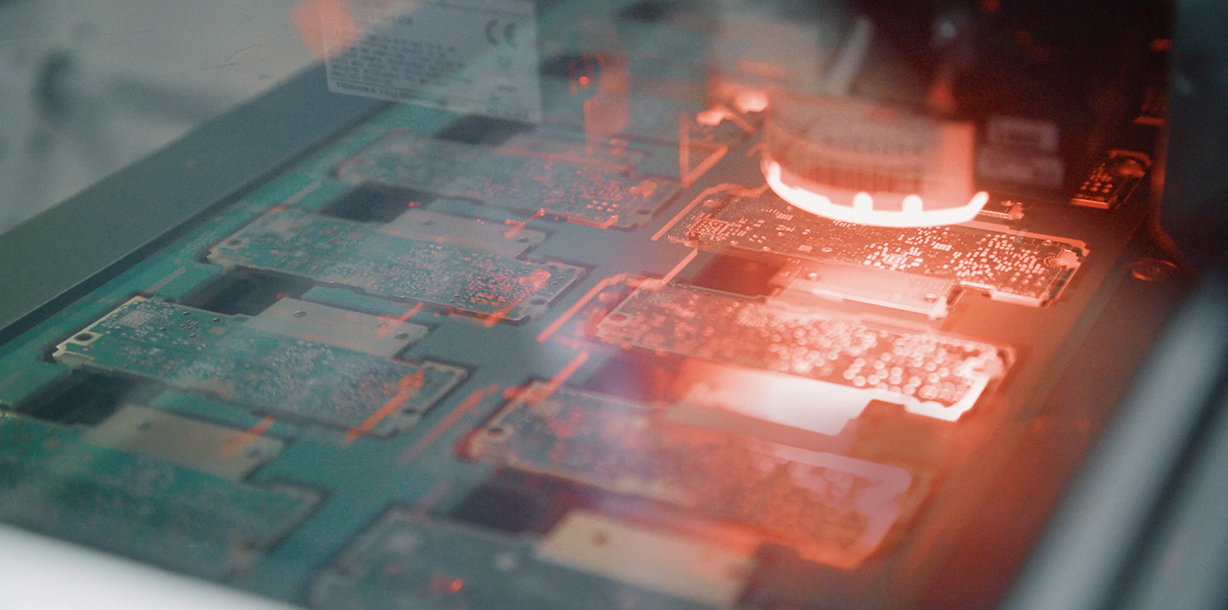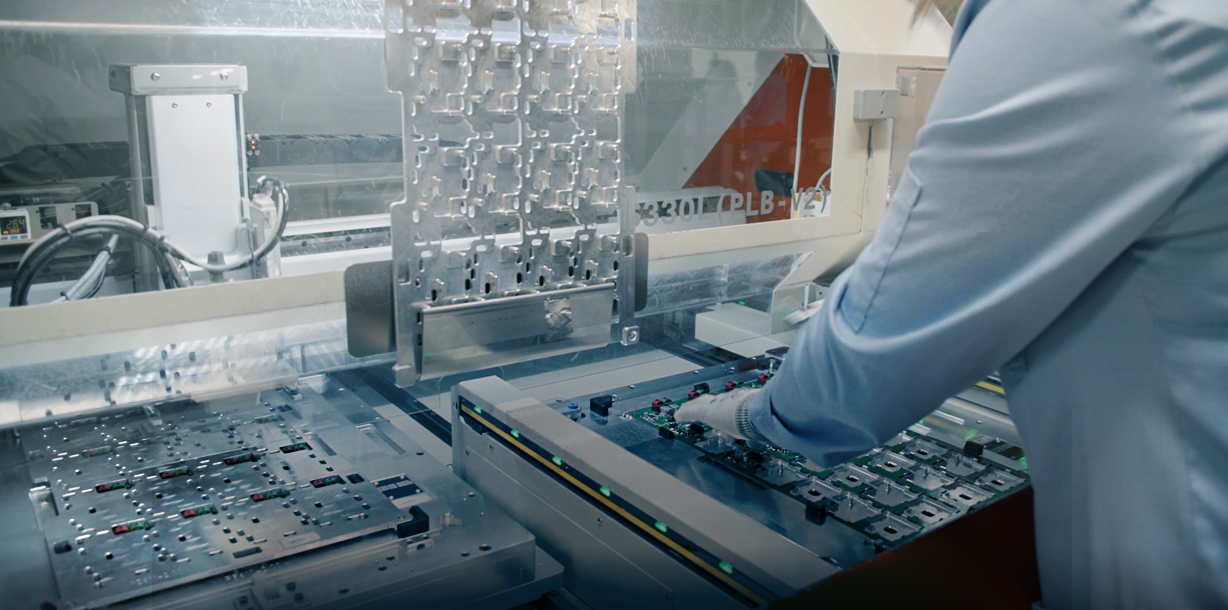Mechanical simulations
With mechanical simulations, the design of the device is analyzed during the initial design stage. The product is evaluated at the sketch stage, so many solutions can be simulated without having to make expensive tools and parts. The mechanical strength of the products is calculated and product optimization is carried out even before the first prototype is made.
After the simulation phase, we possess a prototype that is thoughtfully designed to meet the high demands of customers. This reduces the time and cost needed to produce the finished device.


